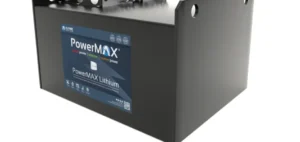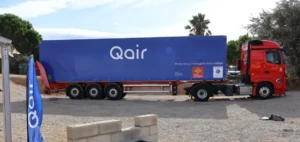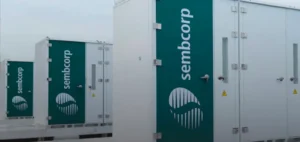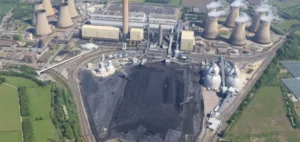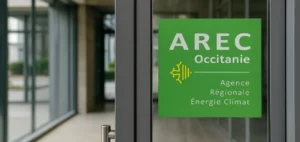NRN (National Renewable Network) has completed a $67.2m Series A funding round, one of the largest transactions in Australia’s energy-related technology sector. The investment, composed of both equity and debt, is backed by a superannuation-linked fund and several institutional investors. Among these are Investible, Virescent Ventures, Electrifi Ventures, Ecotone Partners via the Planet Fund, as well as a debt commitment from Infradebt, including through the Australian Ethical Infrastructure Debt Fund. Neu Capital acted as debt advisor.
A key platform model for market players
The company enables energy retailers, such as Alinta Energy, to offer customers solar installations and battery systems with no upfront costs or maintenance fees. This model allows partners to quickly deploy a portfolio of renewable energy assets while marketing them under their own brand as a Virtual Power Plant (VPP). According to Chief Executive Officer and Founder Alan Hunter, this approach addresses the needs of both consumers and energy retailers by removing financial barriers and balance sheet constraints.
Rapid expansion supported by capital
Over the past 24 months, NRN has expanded its network by more than 600%, with over $12m in energy assets under management and nearly 10MWh of installed battery capacity. With this new funding, total capital raised now exceeds $85m. The company plans to deploy an additional 40MWh of storage over the next 12 months, reinforcing its role as an intermediary between energy stakeholders, public authorities, and regulators.
A response to grid volatility
Australia now has more than 4 million rooftop solar systems, contributing to the decentralisation of electricity generation. However, without integration into VPPs, these installations can exacerbate market volatility. NRN aims to address this issue by operating as an independent infrastructure layer, helping to stabilise the grid and enable the growth of energy retailers’ portfolios.
Investors have noted that this funding will accelerate the deployment of residential storage and distributed generation solutions, which are essential to meet the flexibility and stability needs of Australia’s electricity market.





